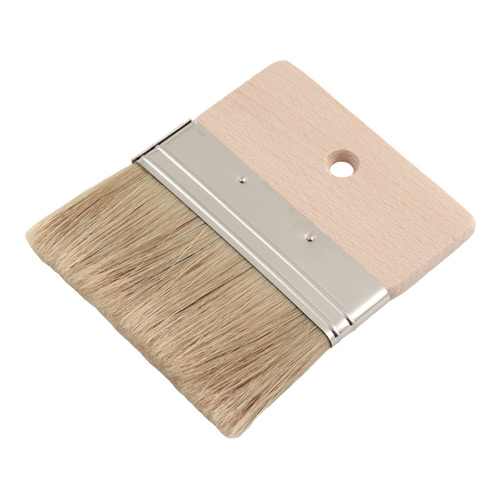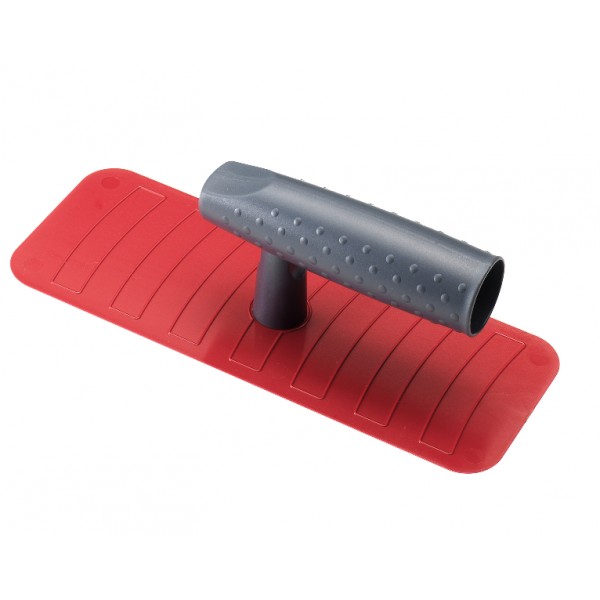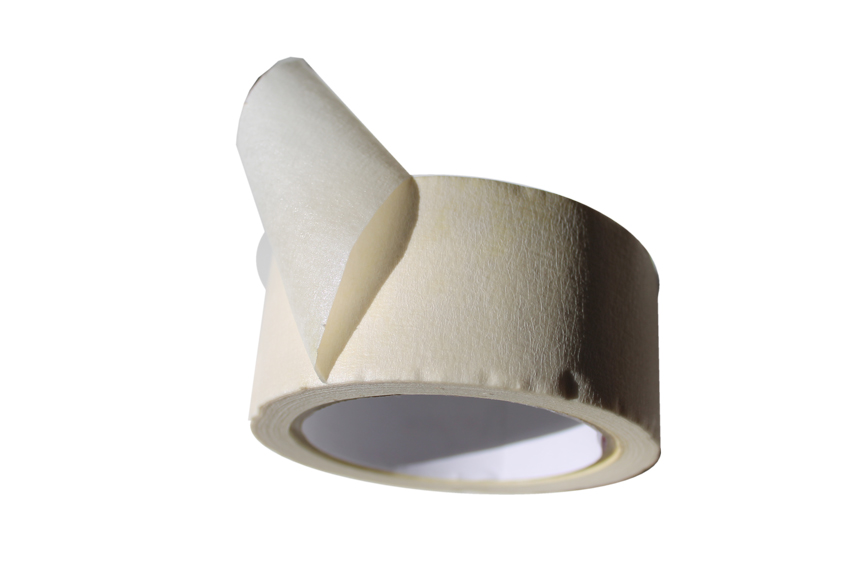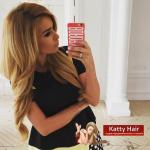The use of mother-of-pearl in interior decoration will create unusual rooms with a unique appearance... Pearlescent paints contain a special pigment. It promotes the refraction of sunlight. Therefore, at different times and under different lighting the room looks unusual. Pearlescent paint for walls it is able to imitate the skin of a chameleon, sometimes it creates a rainbow effect.
Why did pearlescent paints become popular?
Pearl effect decorative paint has really won the trust of many buyers. Depending on the operating conditions and specific requirements, the material allows you to achieve the appearance of different effects on the surface:
- The emergence of new colors and shades even in standard options finishes. It is enough to use additional additives with mother-of-pearl in spray cans.
- Adding brightness and saturation to the main tone.
- Irisization of individual layers of decorative mass in a thick layer of protective varnish. The more varnish, but less mother-of-pearl, the greater the effect of light scattering is obtained, with the dominance of one selected shade with mother-of-pearl.
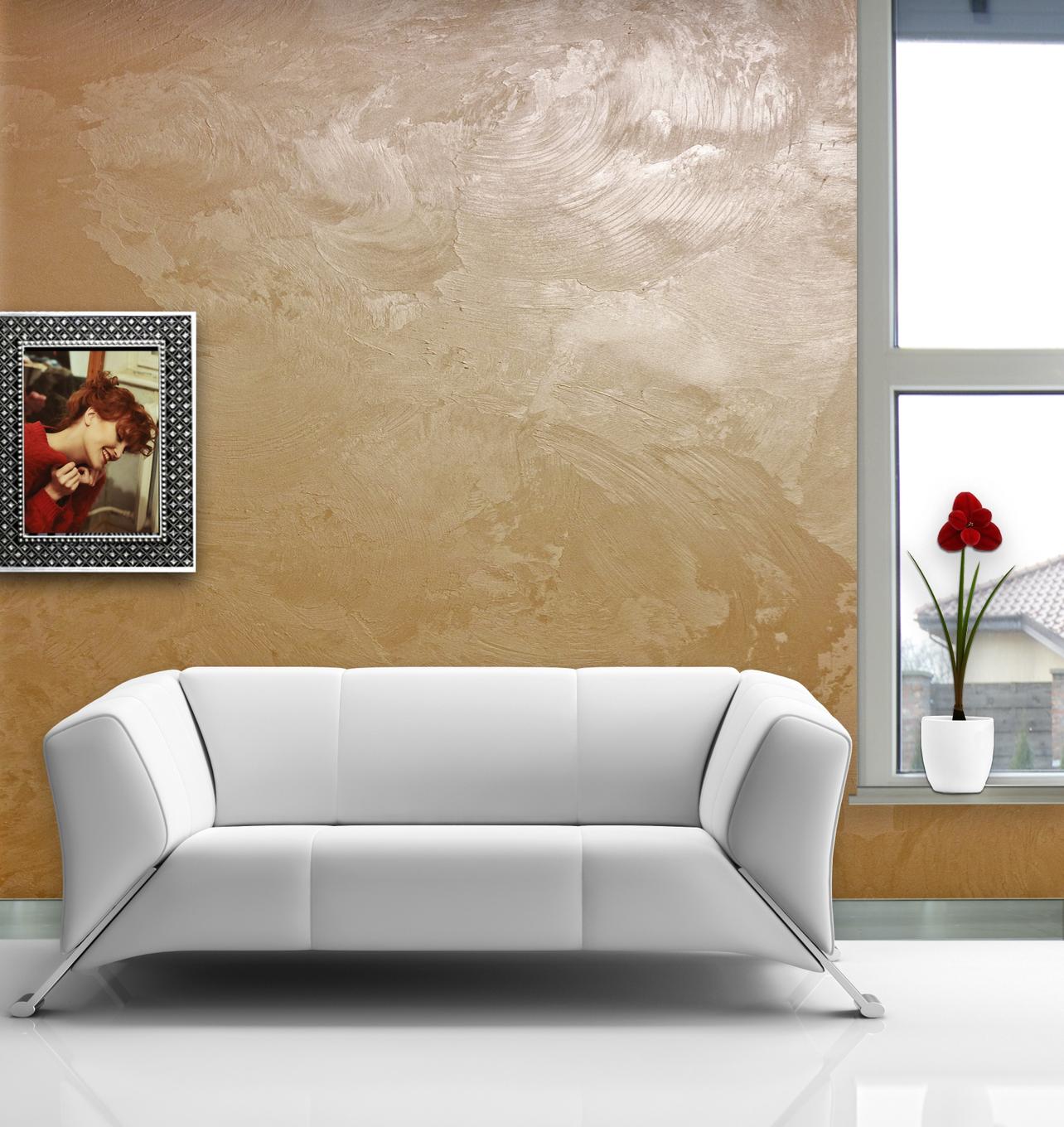
On sale, such compositions are available in several forms: ready-made paints, pasty or in powder form. The dye is obtained when the seashell or fish scales are processed during the production process. Let us assume the variant with the spraying of a two-component melt in vacuum over a cooled surface.
It does not matter which production method was used - facade or interior decorative paint in any case does not pose a danger to human health.
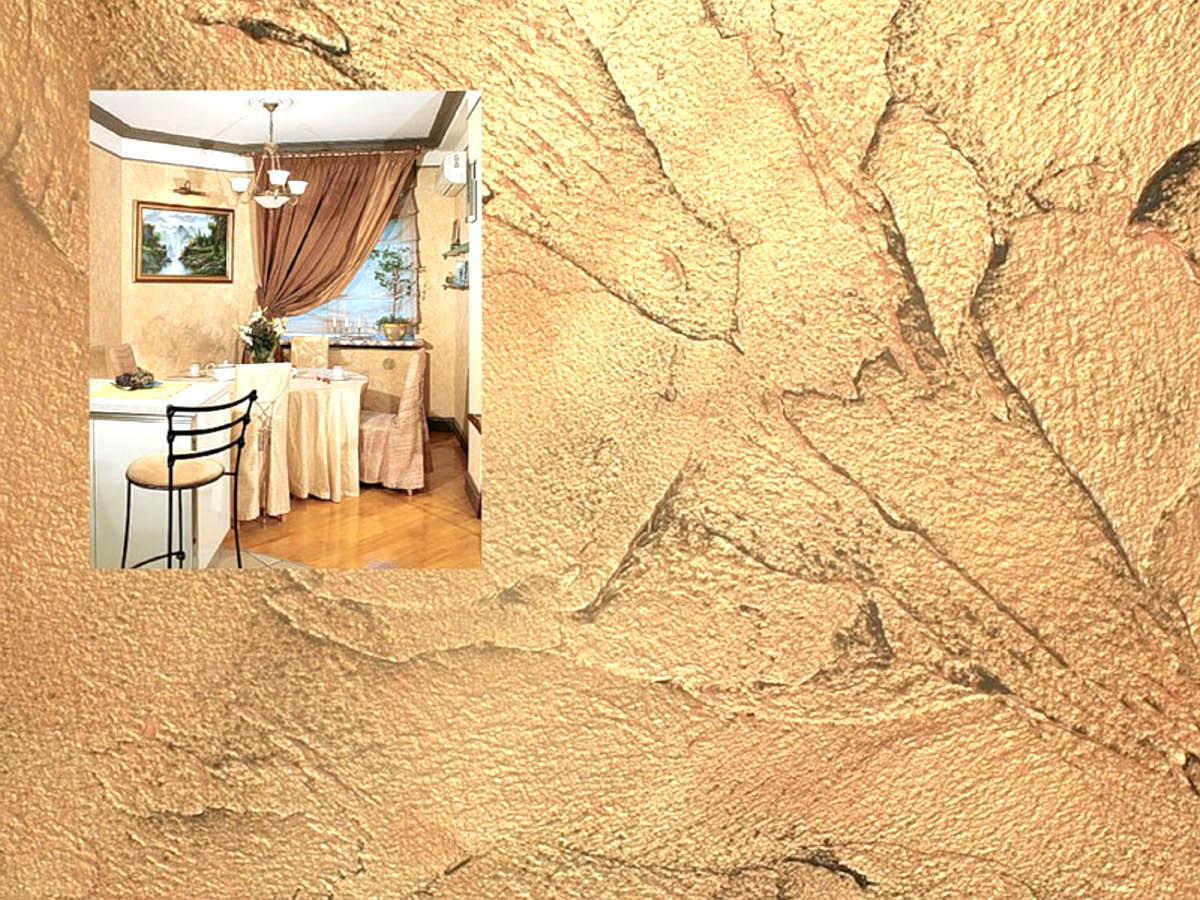
Also on sale are pearlescent paints in a cylinder for painting cars. They are easy to use, applied in a thin uniform layer and give the surface a unique shine. In varnish and tinting, compositions from different manufacturers can manifest themselves in different ways. It is better to create so-called "probes" or, if possible, check the existing ones.

Mother-of-pearl is easy to apply on all types of surfaces. Can be used in conjunction with painted plasterboard, wood trim, liquid wallpaper... The velvety overflow along with the elusive play of tiny microparticles - these are the properties that made pearlescent wall paint especially popular.
Our eyes always actively respond to interesting color combinations... Even if the content of the nacreous segment is negligible, we will catch our gaze.
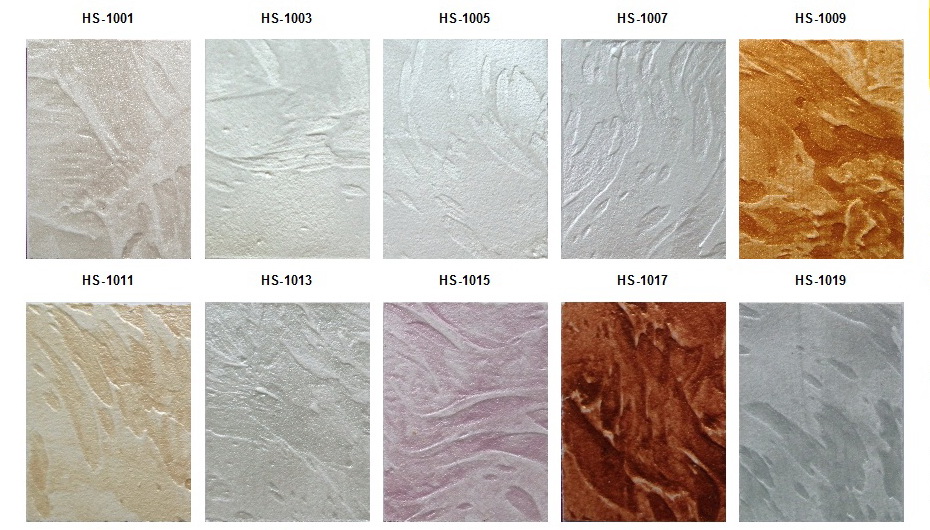
How can this paint be used?
There are several options for how pearlescent enamel is used:
- Adding additional decorative elements when subsequently applied to the surface varnish coating... Sometimes you can do without tinting.
- Painting technique using rollers, brushes and brushes. They allow you to form not just a layer of pearlescent paint, but a certain texture, relief on the surface. The iridescence of the pigment intensifies, and a more unusual pattern appears on the surface.
- Additional processing of mother-of-pearl, allowing to enhance or lighten too calm, dark tones... For this, it is not always necessary to use a color scheme for paint.
About composition and pigments
Mica and glass are the main components from which pigments are made that are part of pearlescent paints. It is in their particles that it is refracted. sunlight, which allows you to create the effect of transfusion of colors. The usual opaque type of mother-of-pearl is made using natural mica. When artificial mica, the material is translucent and completely transparent in the case of glass.
What is the role of the main components of the paint:
- The pigments themselves are, in fact, microscopic plates or granules. Gloss and brightness are their main characteristics. It is the basis for materials with a high refractive index. Pigments help create a visual effect of depth. Pearl color scheme was no exception to the rule.
- Aluminum or bronze powder is used as segments when it is required to give the material a shine like metal. An irreplaceable assistant v this case becomes the technology of deposition of mica particles on the surface of iron and titanium.
- The resulting shade will depend on the size of the particles, the number of layers. Yet important factors become the degree of gloss, hiding power. The smaller the particles, the less gloss they have. But the surface closes better, even when silver mother-of-pearl is used.
These types of pigments remain non-toxic. They are safe for the people around them, they perfectly resist thermal and chemical influences, as well as sunlight. Electricity does not pass through surfaces with this treatment.
The materials are suitable for processing plastic and leather substrates, together with printing, as well as for decorative wallpaper.
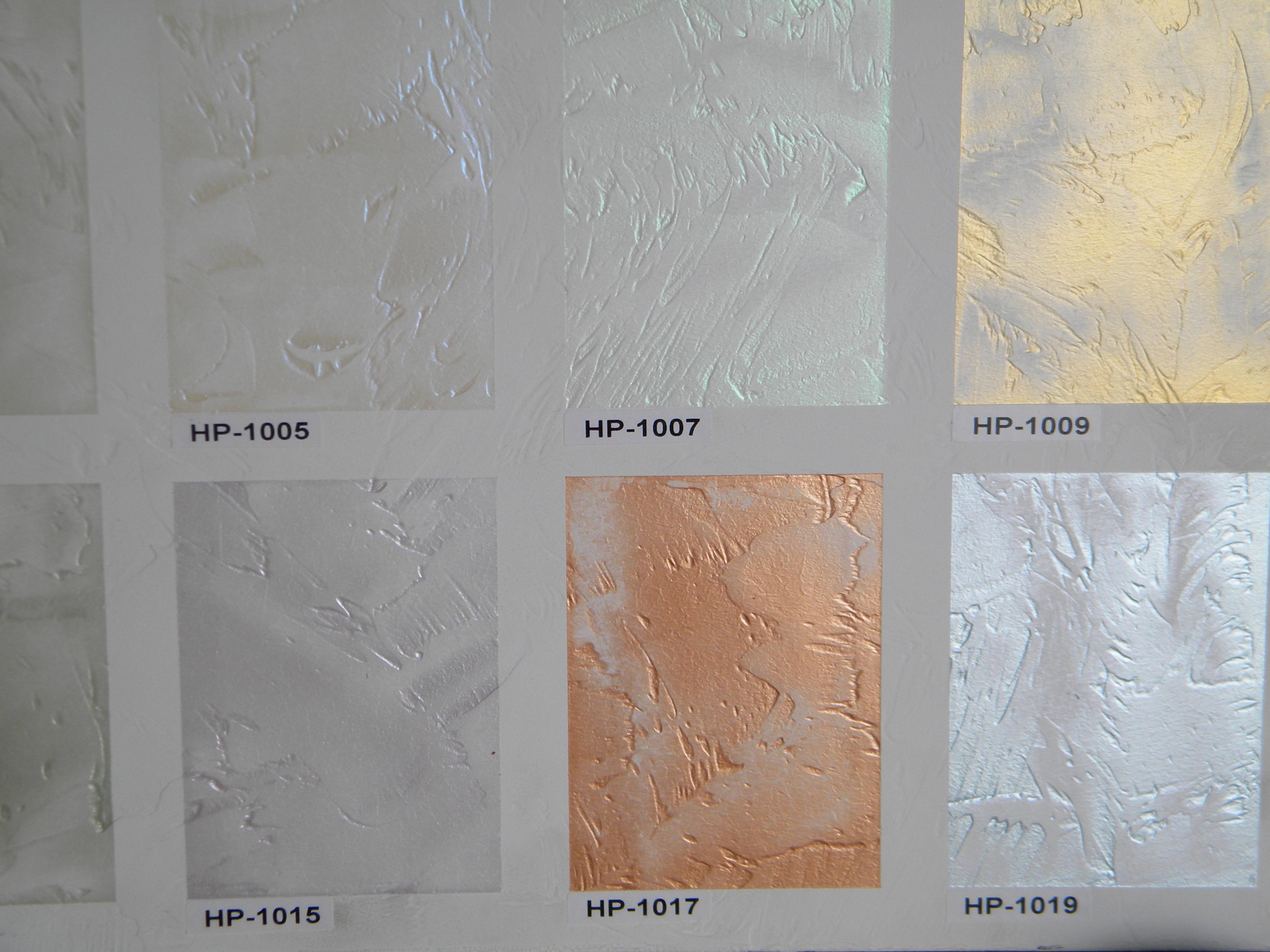
The compositions are combined with any types of paints and varnishes:
- In general, any type of paint can be used with mother of pearl, including alkyd, water and oil varieties. At their discretion, the buyer sometimes adds dry pearlescent pigment for the paint.
- Pearlescent paint for wood and other surfaces obtains the desired effect together with an additional shade. Pigments can be added to plaster and wax mixtures.
- Interior painting often involves the use of ready-made compositions. And then the consumer colors them according to their choice.
- Mother-of-pearl wall paint is most often available in three colors: gold, silver, pearls. This is enough for painting with mother-of-pearl to give good results.

In the video: applying decorative pearlescent paint.
Key features
Most often, acrylic resin becomes the main material in the production of pearlescent paints. In general, this type of binders is often used to create any formulations used in interior decoration. Acrylic resins with a dye are distinguished by their plasticity, the ability to dry quickly, and the absence of toxic substances in the composition. They allow you to work with literally any kind of texture, the acrylic variety always gives such an advantage.
Some decorative plasters come with pearlescent paints initially. This is especially true for compositions that create the effect of antiquity or imitate the surface of other materials.
Highlighting the beauty of the relief used is the main purpose of such types of paint with a pearlescent effect. The technology for applying the material to the surface can be different - the choice is only yours.
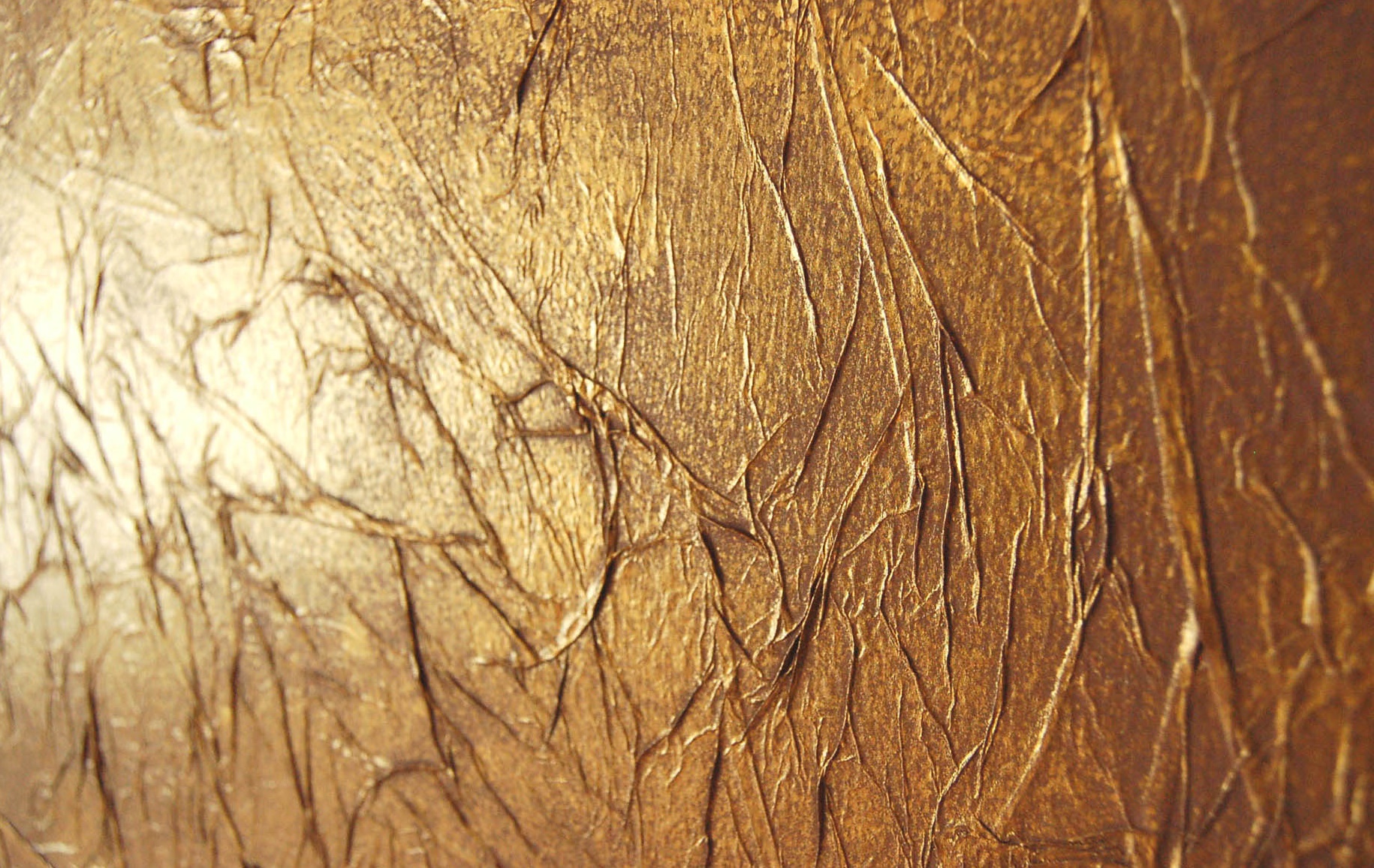
There are two main features of pearlescent materials:
- The paint is easily applied not only to plaster screeds, but also to a variety of base surfaces. This applies to any materials - brick and stone, concrete and wood. Even work with paintable wallpaper and plastic sheathing will not deliver special labor... Painting walls with pearl paint takes a minimum of time and effort.
- The final effect on the surface will depend on the material used to obtain the mother-of-pearl. Particle fraction also becomes the determining factor. They can be large enough to form a grainy relief. Mixing the composition is also performed with your own hands.
The Italian paint TICIANA deserves a separate discussion. It is based on the so-called glass microspheres. , black is also available. Along with mica, the material also helps to achieve the desired effect. A transparent coating is formed, which begins to overflow different colors under the influence of the rays of the sun. But the base color and pattern remain noticeable regardless of what color is used for the water-based paint.
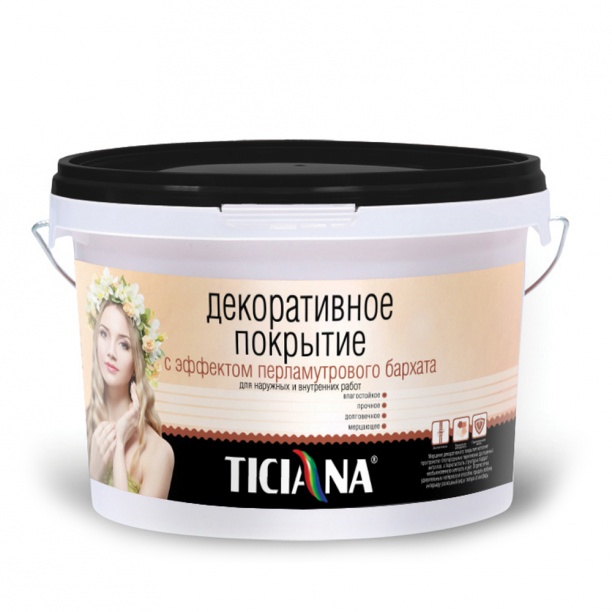
Tinting and paint application
Application of a base coat from acrylic paint in black and any other color - the first step in any work. You just need to make sure that the tinting is done in the required shade. It's good if the decor, primer and base are all from one manufacturer. Many offer the sale of a universal color scheme. White mother-of-pearl paint is no exception.
Interior water dispersion paints will be an excellent base for future mother of pearl. Tinting in the main color is carried out in advance. The main thing is that this shade should be as close as possible to what the decorative coating looks like. Application is carried out in two layers. The pearl finish looks very nice.
It takes at least 6-8 hours to dry one layer on the surface. After that, you can start for the final decoration. Plasters with a mother-of-pearl effect are also applied in two layers, without exception. At the same time, the first layer dries for only 30-40 minutes, and the subsequent ones can be applied in fragments.
Products from different manufacturers (20 photos)

![]()
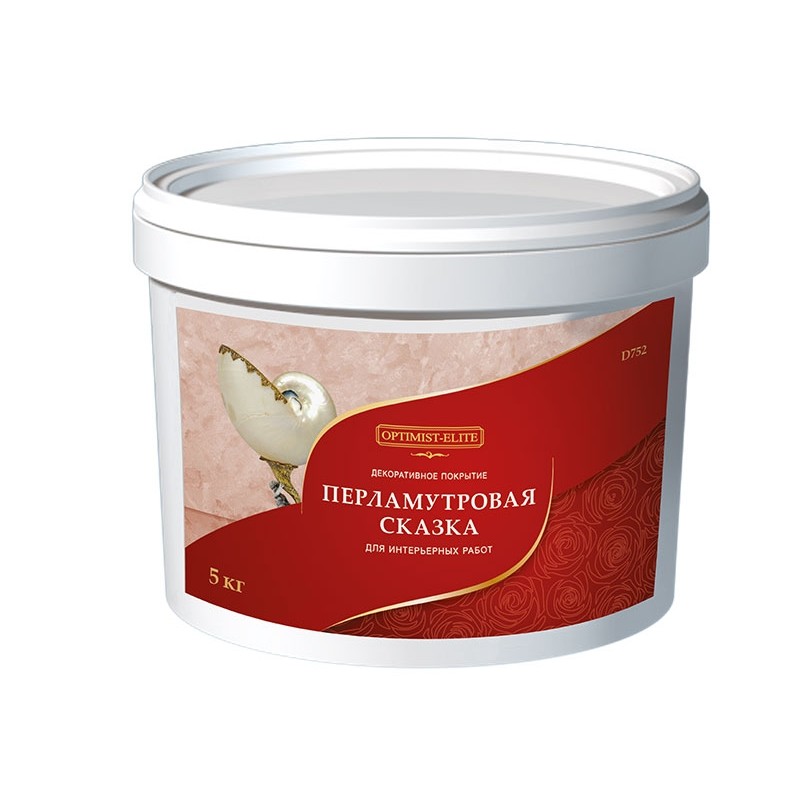
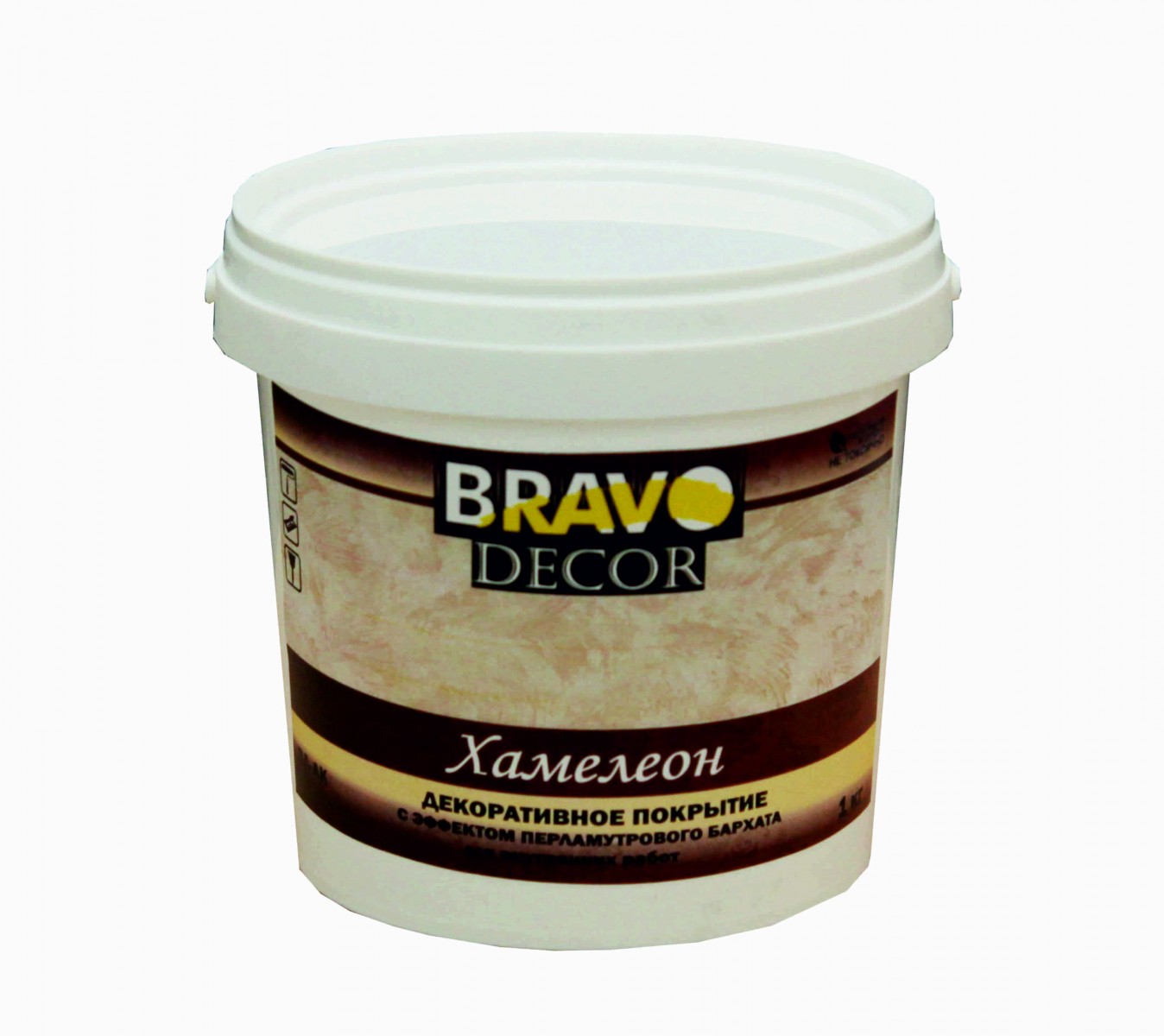

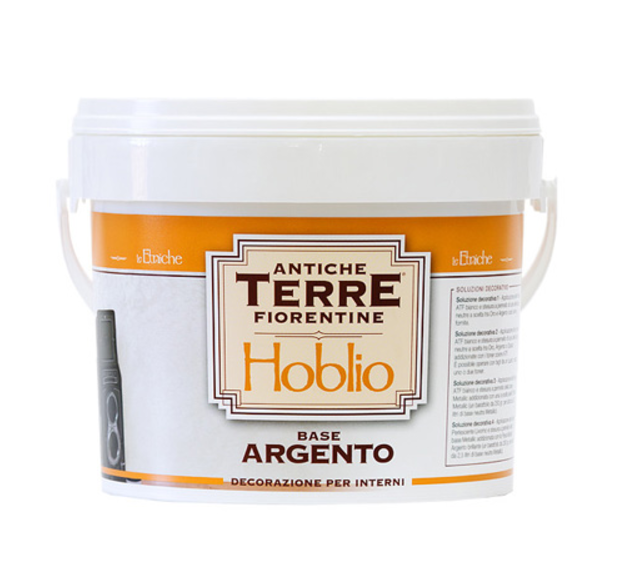
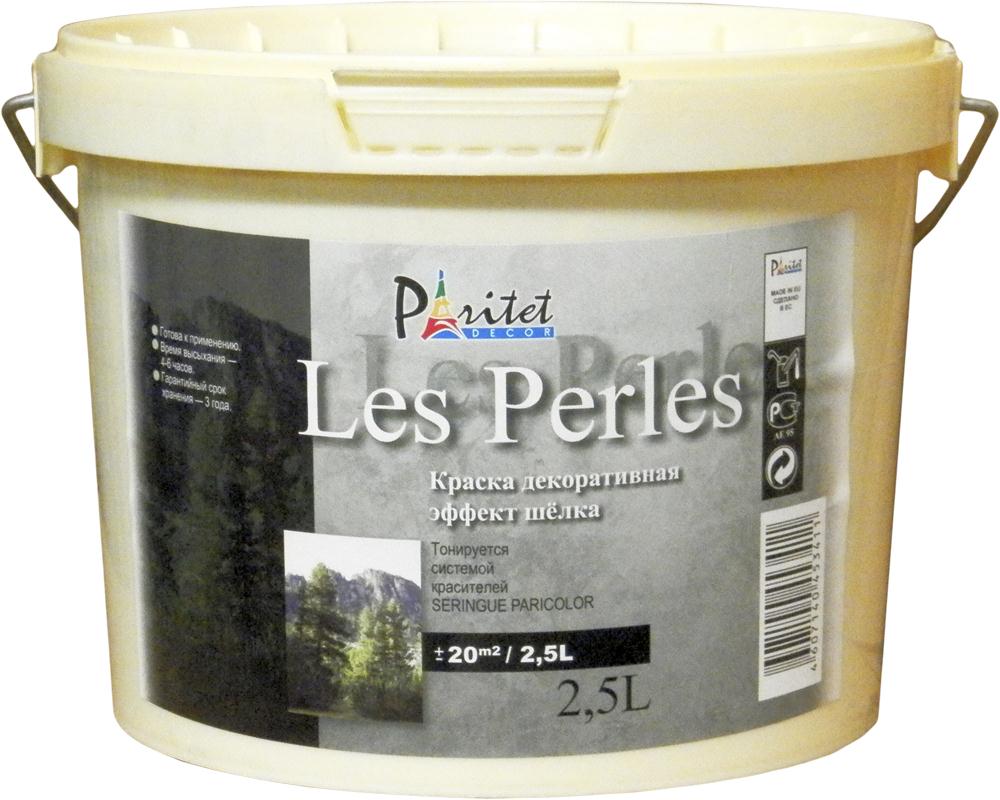


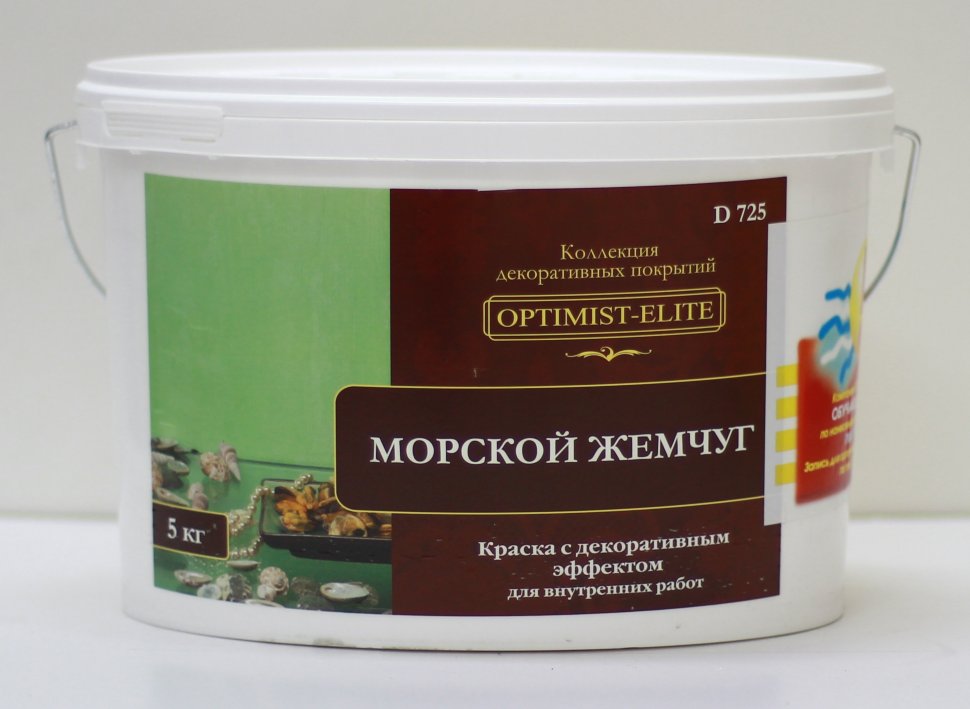
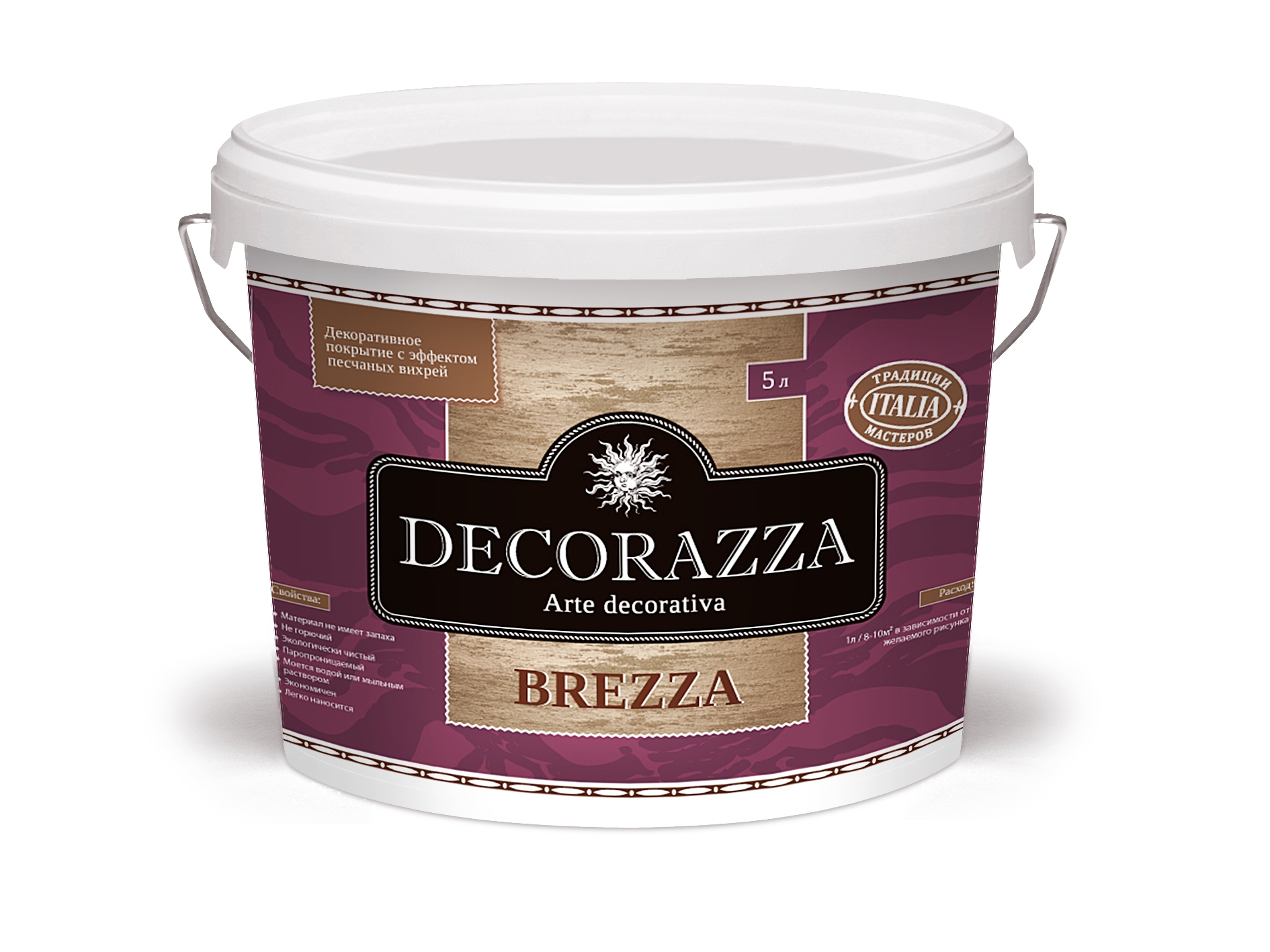

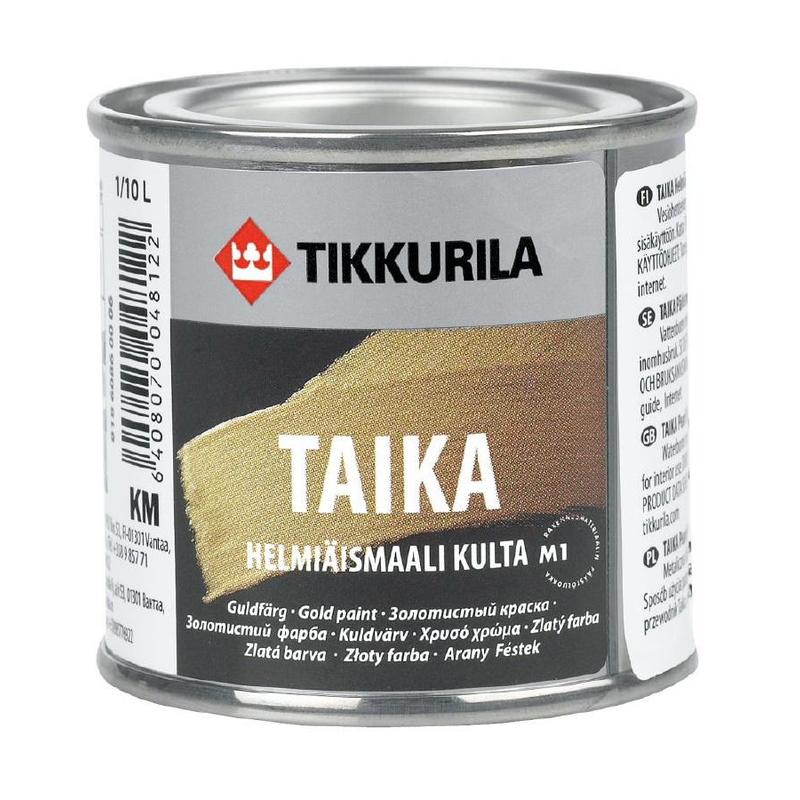
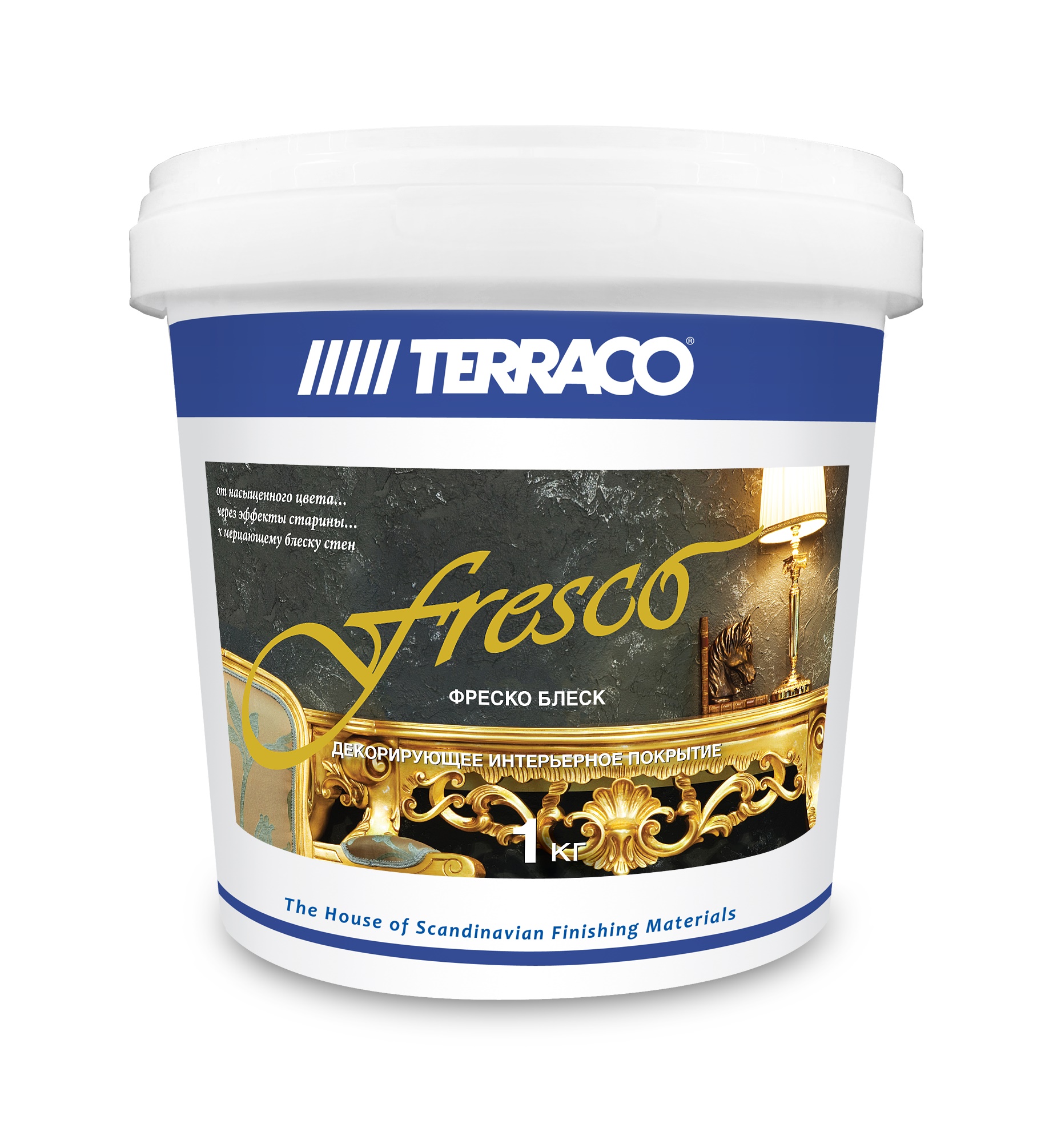

Do you want something unusual in the interior? Then pay attention to the pearlescent color scheme. Thanks to the pigments it contains, pearlescent paint refracts light, and under different lighting angles it will look different, creating unusual visual effects. With its help you can create unusual options decoration, painting the ceiling or walls completely or only certain areas of the surface.
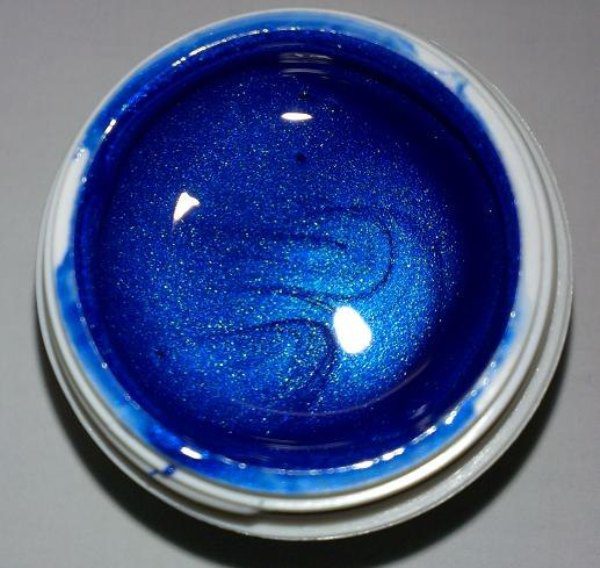
What gives the dye such an effect
Its unusual beautiful effect such enamel owes to a special powder pigment, which, when rays of light hit it, causes them to be refracted.
The powder containing the reflective pigment is diluted only with water-based dyes, usually acrylics.
The degree of light refraction depends on the amount of pigments contained in acrylic water-based enamel.

In what form is it produced
On construction markets This pearlescent pigment is available in the following forms:
- Powder. Convenient in that to create the desired color scheme, it can be added to any acrylic dye, creating color palette and by adjusting the degree of light reflection. The downside is that if the master does not have experience, then the material can be diluted unevenly, and when mixed with water-based enamel, lumps can turn out.
- Paste. Convenient when diluted with acrylic enamels, allows you to get a large color palette for decorative design and gives a homogeneous mass when mixed. Minus - in comparison with the powder, it has a not very long shelf life.
- Finished enamel with mother-of-pearl color scheme. Very convenient for beginners or in the case when a complex is not planned decorative trim, but you just need to paint the walls or ceiling.
Acrylic enamels with the addition of pearlescent pigment after drying are very durable, resistant to impact the environment and do not need additional protection. They can be used as finishing facade, for creating various graffiti on fences or for decorating walls and ceilings indoor spaces.
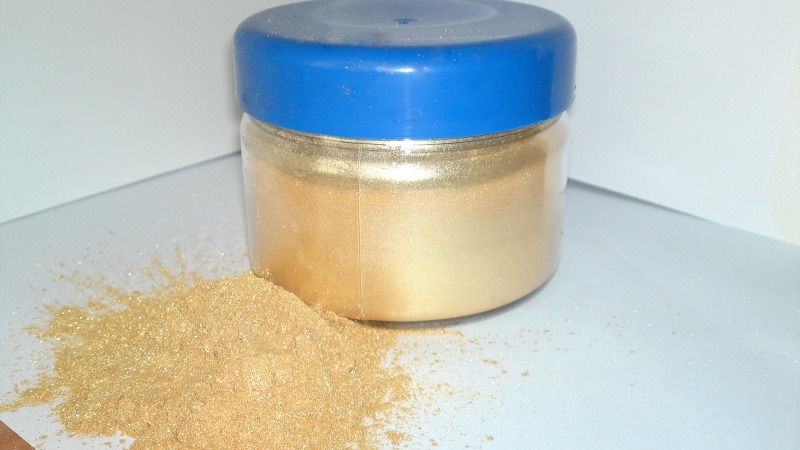
The dye with a light-refracting effect has only a slight limitation in terms of color: the color of gold can only be used for interior decoration, it quickly fades under direct exposure to ultraviolet radiation.
The silver-colored color scheme has increased strength and weather resistance, therefore it can be used for all types of staining.
What can be painted
You can decorate any surfaces from:
- wood;
- glass;
- concrete;
- drywall;
- Chipboard and other similar materials based on wood shavings.
Pearlescent paint with an original decorative effect has the same qualities as acrylic enamel. Often, various components are added to water-based paints with acrylics to provide a protective effect. For example, for metal it will be anti-corrosion protection, and for wood it will prevent rotting or the development of fungus. The presence of additional additives does not in any way affect the decorative qualities, but it allows you to additionally protect the wood or metal from destruction during decoration.
Decorating options
Depending on what concentration of pigment is contained in acrylic enamel, you can use two design options.
Strong concentration
With a high concentration of pigment, the color of the paint plays a secondary role, giving only the required shade of a shiny surface. Such a dye is rarely used in large quantities: the ceiling or walls painted with it will tire with their bright light-refracting effect, and it will not be very comfortable to be in such a room.
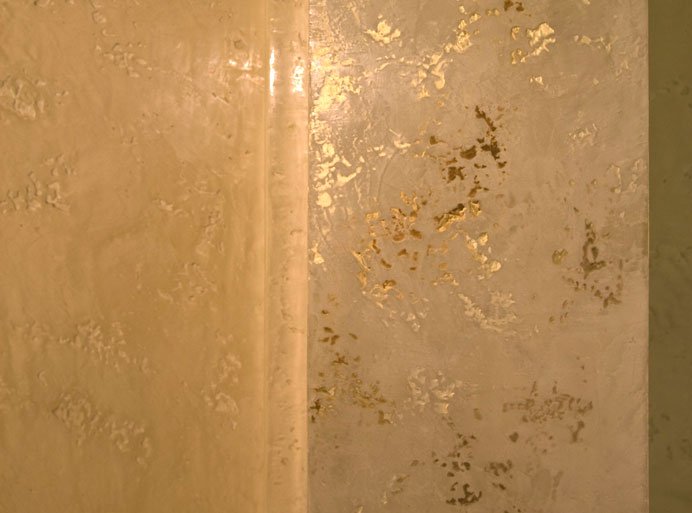
A bright concentrated color scheme is used to emphasize individual elements of the interior. You can purchase a highly concentrated composition ready-made, but it is much more convenient to make it yourself by adding powder or paste to the paint containing mother-of-pearl in the required amount. Self-creation color scheme is convenient in that you can make the concentration necessary to implement a design solution.
Weak concentration
With a low concentration of pigment, painting is carried out like other acrylic dyes, and great attention is paid to color selection color scheme. Ceiling or walls painted with this composition shimmer softly in different lighting conditions, creating a cozy atmosphere.

With what you can paint
Like other paint systems, pearlescent acrylic enamel can be applied to ceilings or walls using the following painting tools.
Brush
It is recommended to use it when it is necessary to paint not large areas... For example, paint over a hard-to-reach area of the surface, the junction of walls and ceiling, or draw individual decorative elements... It is not recommended to use a brush on large surfaces: painting will take a long time, and the consumption of the coloring material will be large.

Sponge
By applying coloring composition using a regular foam sponge, you can get beautiful unusual stains on the walls. The sponge is used as an additional decoration tool for interior design.
Roller
A handy tool that allows you to quickly and evenly distribute the coloring composition over large area... It is better to use fur rollers with a short, thin pile. If decorative finishing is planned and it is necessary to paint only part of the wall, it is recommended to mark the place of painting with the help of masking tape- this will ensure quick and accurate work. After the paint dries, the tape is easily removed.
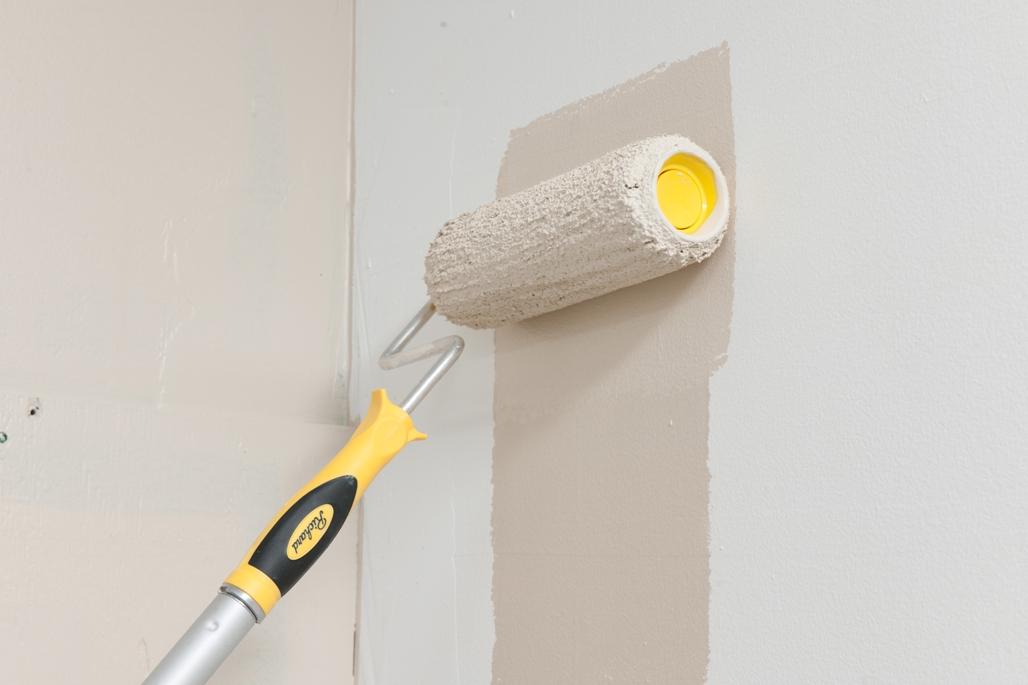
Spray gun
A modern painting tool that allows you to work quickly and economically. Before refueling, it is recommended to dilute the coloring composition with water to the required fluidity, but the amount of added water should not exceed 40% of the total mass of the preparation. The desire to make the solution thinner can lead to the violation of the adhesive properties of the paint, it will not adhere well to the ceiling or walls. In addition, the protective properties of the composition will decrease (if there were additional additives that protect the metal or wood from destruction).
How to apply
The mother-of-pearl color scheme is applied to walls or other substrates in the same way as other acrylic-based paint products. The process consists of the following necessary steps:
- Clean surfaces from dirt and remnants of old decorative material... If possible, it is recommended to wash and dry the base for painting.
- Remove flaws in the painted area (repair large cracks in the tree, plaster holes in concrete, etc.)
- Apply a primer suitable for the material and wait until it dries.
- Paint with the selected painting device.

To achieve an ideal effect, regardless of the method of application of the paint, it is recommended to paint in 2 coats.
Ways to get the original, unusual solution the interior is set. Designers advise novice decorators to try the following options clearance:
- In a room with good lighting, apply the first layer of acrylic enamel to the wall blue without adding mother-of-pearl. After drying, apply a second layer with mother-of-pearl, but using a dye of a slightly different shade. As the rays are refracted, the surface will constantly change color, creating amazing color effects.
- Revitalizing a room painted in neutral colors can be very in an original way: cut out a pattern from thick paper that resembles a leaf of wood, apply pearlescent paint on it and briefly attach to the surface. Such leaves can be arranged in any order, or you can draw a tree trunk and place them around.
With a little practice and showing imagination, you can create many more unusual beautiful solutions when decorating the interior.
Acrylic enamels with mother-of-pearl are easy to use, durable and relatively inexpensive. Their skillful use through a combination of color and light refractive effect will help to obtain an unusually beautiful result in design.
Despite the fact that wallpaper is quite firmly holding its consumer niche, the preference of designers is increasingly given to seamless coatings, which are easier to apply and last much longer. One of the options for such coatings is pearlescent paint for walls and ceilings, focused on creating effects of silk and velvet, but even used in imitations of concrete texture.
What is this material, how is it applied, and what is its cost? The video in this article, coupled with the material presented in it, will give answers to many questions that interest you.
We all know that natural mother-of-pearl comes from oyster shells. But its presence in finishing paints would increase the cost of the products too much - so, this option used mainly in the cosmetics industry.
Pigments for paints
Pearlescent pigment for paint is made from mica and glass, which, due to the refraction of light in their particles, also create the effect of an iridescent glow. On natural mica, the usual opaque mother-of-pearl is obtained. On artificial mica, it is translucent - but on glass, it is completely transparent.
- These pigments, which are microscopic plates or granules, are distinguished by their characteristic gloss and brightness. Since the materials from which they are made have a high refractive index, and visual effect depths.
- When paint is required to give a metallic sheen, aluminum or bronze powder is used as a pigment. To obtain color pigments such as in the photo below, they use the technology of deposition of mica particles on iron and titanium oxides.
- Not only the resulting shade depends on the size of the particles and the number of their layers, but also the degree of hiding power and gloss. The smaller the particles, the less they shine, but at the same time, they better cover the surface.
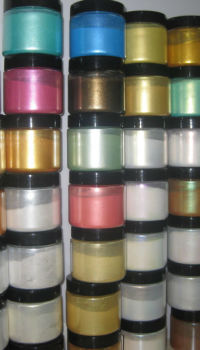

Note! Such pigments are non-toxic and absolutely safe, resistant to ultraviolet light, chemical and thermal influences, and do not conduct electricity. They are used for dyeing leather and plastics, in printing, for decorative wallpaper. They are also suitable for all types of paintwork materials.
- If you wish, you can take absolutely any paint: water, oil, and add dry pigment to it at your discretion.
- This will give the paint not only the desired effect, but also give it a certain shade. Moreover, you can add pigment not only to paint, but also to plaster or wax.
- But when painting rooms, they often use ready-made formulations- and they, as a rule, are tinted at the choice of the consumer.
- Usually wall paint with a mother-of-pearl effect is offered by the manufacturer in only three basic colors: pearl, silver and gold.
This makes it possible for a person, having chosen the desired color, to tint the composition on their own - or to use this tinting service according to catalogs, which is offered today by almost all specialized trading companies.
Mother-of-pearl paints
Interior painting is mainly done with water-based paints. Accordingly, decorative paint with mother-of-pearl is nothing more than a suitably tinted water emulsion.
In general, aqueous emulsions are made in a completely different bases... When it comes to paints, PVA and PVC thermoplastics are used in production, as well as artificial rubbers: styrene butadiene, siloxane, combined by one general term"latex".
Application features
Mother-of-pearl wall paints are most often made on the basis of acrylic resin, since this type of binder is used precisely in the production of interior paints and varnishes. They are completely non-toxic, dry quickly, and, importantly, have a certain plasticity that allows you to work with paint in almost the same way as with textured plaster.


By the way, complete with some, focused on the creation of semi-antique coatings, as well as imitating the texture of marble, silk, velvet, there is also paint with a mother-of-pearl effect. Estimated price - 1800 rubles. for 1kg. The task of such paint is to emphasize the beauty of the relief created on the surface.


So:
- This paint, by the way, can be applied not only to plaster screeds, but also to basic surfaces: concrete, brickwork, wood. It can be used to cover paintable wallpaper and even plastic sheathing.
- The resulting effect depends on the material used to obtain the mother-of-pearl, as well as the fraction of its particles. And they can be large enough to form a grainy relief on the surface.
- Above is the Italian TICIANA paint based on glass microspheres, which, along with mica, is used to achieve a shining effect. It forms a transparent coating that shimmers under the rays of light in all colors of the rainbow, which leaves the base color and pattern in sight.
But if you wish, you can add traditional mother-of-pearl, any color scheme to it. The paint itself is quite viscous, with a coarse dispersion, which allows you to create a coating with the effect of luminous splashes or drops.
Coverage creation
When using ready-made decorative paints, painting with mother-of-pearl with your own hands is not a particular problem. The most important thing here is high-quality preparation of the base, which must be leveled, well polished, and impregnated with soil. deep penetration... In general, this is nothing new - in the same way, the surface is prepared for any painting and wallpapering.
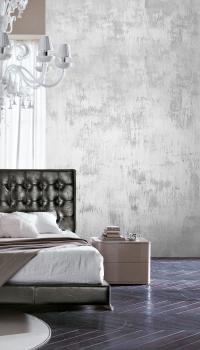
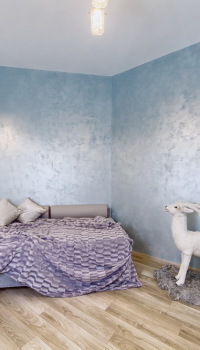

As for the methods of applying paint, the timing of its drying, consumption and other nuances, there is a manufacturer's instructions for this, which must be carefully read, and a video that it is advisable to watch before starting work.
Instruments
Each manufacturer offers primers, colors, and base paints to them, which are applied under mother-of-pearl. You just need to familiarize yourself with the product line of the selected manufacturer, and the application technology. And also, you should stock up the necessary tools- and you can get to work.
| Instruments | Operations performed |
|
|
The main tool for applying paints is the roller. But you will not only have to apply mother-of-pearl, but also perform priming and basic coloring... Therefore, you need at least three rollers: fur for the ground, velor for the base paint, and foam for a viscous pearlescent coating. You may need textured roller- but it already depends on what kind of relief will be performed. |
|
|
This brush is specially designed for decorative coatings. |
|
|
Since the nacreous composition is rather viscous, it is applied to the trowel with a spatula. The most suitable tool blade width is 80 mm. It is not necessary to use a metal spatula - a plastic one will do. |
|
|
Plastic or stainless Venetian trowel, is needed for applying a viscous pearlescent composition. She, instead of a textured roller, can serve as a tool for decorating the surface. |
|
|
With the help of masking tape, the painted area is limited in cases where the paint is applied not over the entire area of the wall, but in fragments. |
Paint application
Decorating a leveled and primed wall begins with the application of a base layer of acrylic paint, tinted in the desired shade. It is best if both the primer, the base, and the decor are from the same manufacturer.
Let's say you prefer the Italian TICIANA paint. Using this manufacturer as an example, we will consider the process of decorating walls. In the line of his products there is a universal MIX color scheme, with which you can tint with your own hands both paint (see) and a decorative coating.
![]()
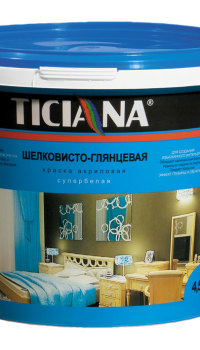
So:
- It is advisable to use TICIANA interior water-dispersion paints "washable" or "moisture-resistant" as a base under a layer of mother-of-pearl, although there are other options.
- The paint is pre-tinted in the main color, as close as possible to the shade decorative coating, and is applied in two layers.
- It dries for 6-8 hours, after which you can start decorating. The composition shown in the photo below is different from the paint with glass microspheres, which was mentioned at the beginning of the article.
- This coating is made on the basis of natural mica, and therefore is not transparent, but matte, and is designed not for a shining shine, but for a velvet effect.

- Decorative coating of the TICIANA line, can be used in pure form- that is, it will be either silver or golden mother-of-pearl.
- But it can be tinted in the same shade as on the base coat, but a shade lighter. In this case, the main thing is to choose the right shade of mother-of-pearl correctly.
- Let's say you want the main color to be blue or gray - then the mother of pearl should be silver.
- If the basis is yellow, or something from the brown scale, then for the best combination only golden mother-of-pearl is needed.
Advice! When using a roller, the paint can be thinned about 10% with water. When using a spray gun, more water is added - up to 40%. If you do not dilute at all, then it is more convenient to work with a trowel, since the paint has a viscous consistency.
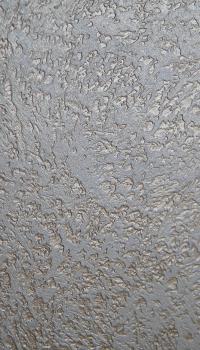 Sea sponge relief
Sea sponge relief 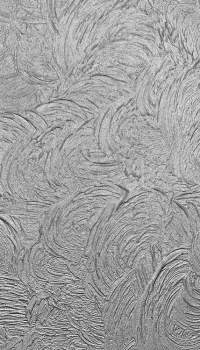

- The decorative composition is also applied twice. The first time - in a continuous layer, using a trowel or a roller with a short nap.
- It takes only 30-40 minutes to dry the first layer, after which you can proceed to the second layer, which is already applied fragmentarily.
- Alternatively, a trowel is applied a small amount of pearlescent mass, and distributed in diagonal parallel stripes along the wall.
- To complete the pattern, you can also use a sponge, applying dot prints to the coating, or a textured roller that can be used to walk over the entire surface.
- Before the composition dries, the applied strokes or strokes are lightly smoothed with a trowel in different directions.
The drawing will turn out to be more expressive if the paint for the second layer is a tone or two lighter. You can simply take a small portion of the tinted compound and dilute it in half with the non-tinted one. On average, mother-of-pearl paint is consumed 200 ml / m2 of the surface to be decorated.
Previously, only masters who owned a secret technology painted with mother-of-pearl. Now the recipe for dressing a car in an updated color with an overflow is available to everyone. The main thing is to learn the theory and convey it exactly in practice.
In automotive products, the mother-of-pearl effect is represented by soft overflows formed at the moment of contact with sun rays and artificial light on various layers of paintwork ( paintwork). The pigment taken as a basis is of natural origin. But instead of the priceless shells of marine life, the manufacturer uses mica. For such a composition in the amount of one liter, you need to pay a couple of thousand rubles or more.
Which mother of pearl to choose?
The preferred shade can be selected due to the combination of pearlescent pigment and enamel the desired color... According to colorists, the proper result is not always obtained after mixing the first paint that comes across. Therefore, without experience in this area, you should not experiment with pearlescent paints on your own. Here it is important to observe the proportions exactly, which is within the power of professional colorists, equipped with the appropriate equipment.
Depending on the size of the particles, the gloss, the degree of overflow, the secrecy of the base layer may vary. To achieve the maximum covering power, mother-of-pearl is used with small particles of 5-25 microns in size. The opposite of this parameter is a number of large caliber pigments with a particle size of 30 microns with high gloss and poor opacity.
In addition to the intricacies of the composition, the owner of the car needs to decide on the preferred shade. Silver, champagne, aventurine, bronze are considered in demand. But you can cover your iron horse with safari color, purple emerald, lagoon, iguana, khaki, white mother-of-pearl, as well as aquamarine, wet asphalt, meteor, tornado.

Depending on the choice of paint composition with a mother-of-pearl effect, the result can vary significantly. Anyone who plans to partially or completely cover the body with mother-of-pearl will ideally cope with their task after the help of a color matching specialist. After a series of experiments, a recipe is drawn up, which will serve as the basis for creating a mother-of-pearl paint.
Nuances when working with pearlescent paint
Do not be intimidated by the process technology itself. The main thing is to be able to choose the proportions in the process of applying on the surface of the car body. The uniformity of the overflow will depend on how thoroughly the components were mixed, then applied. When using mother-of-pearl, it is necessary to be much more careful when preparing the body at the stages of degreasing, priming. Therefore, without mastering the technology for preparing and painting the body, there is nothing to do here (you can look at the previous materials on this topic in the website catalog).
If the combination of the binder and the enamel is undertaken by a specialist, the compatibility of these components is guaranteed. When using products different firms the result may be unsuccessful. Varnish for coating pearlescent paintwork must also be used from one list. Otherwise, the base will begin to lag behind the hull two days after the painting is completed. Moreover, the technique of enhancing adhesion by sanding in this case does not work.
Tools and materials:
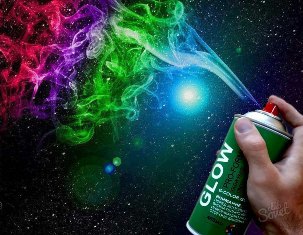
- painting equipment;
- container for mixing paint;
- base materials (paints, varnishes);
- solvent.
It is important to use a pistol good quality and choose the right nozzle. Then the application of paintwork will be done efficiently, and smudges will not appear. When working in a garage, it is worth bringing the temperature in the room as close as possible to the level indicated in the instructions for the paint.

